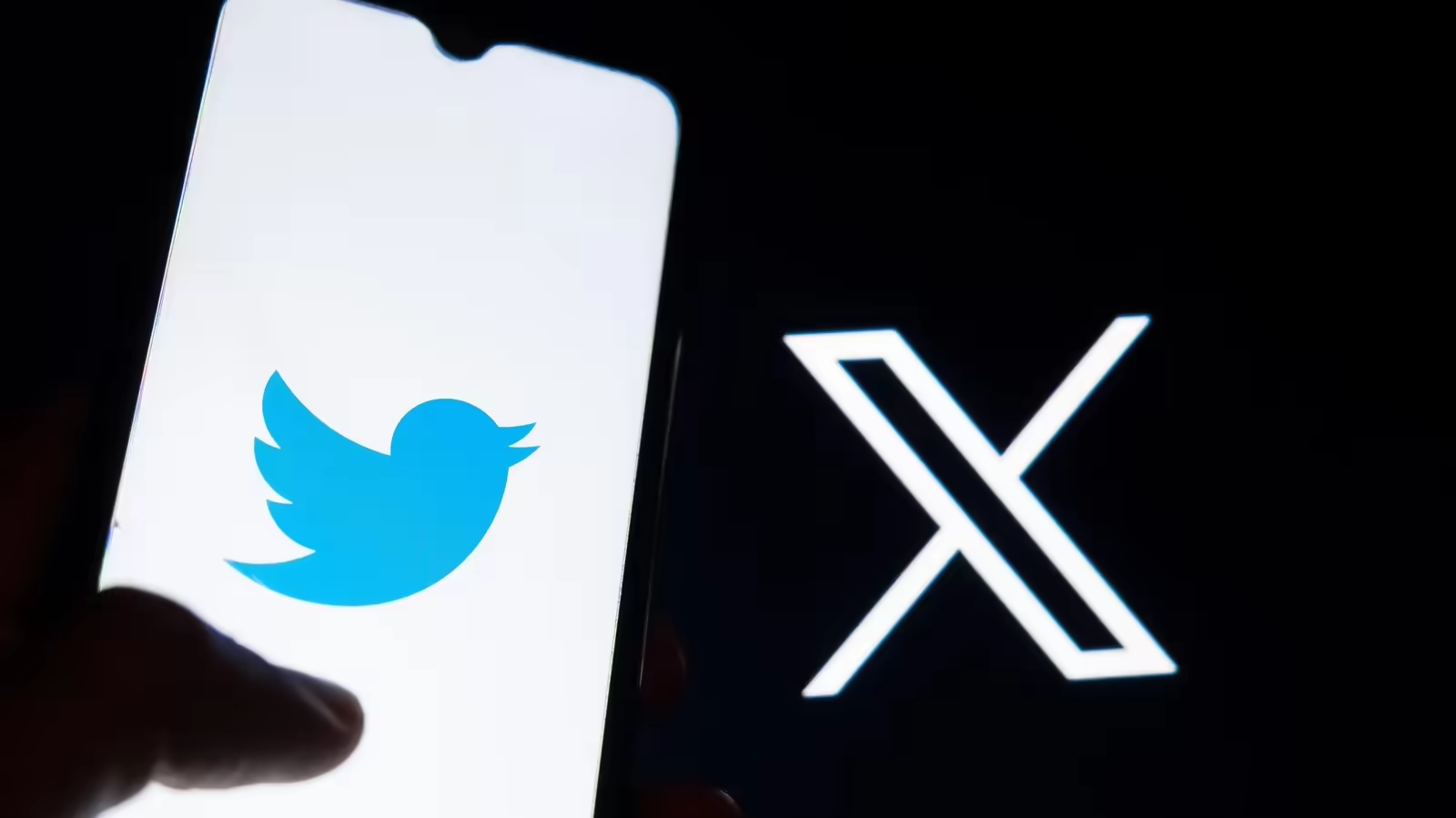In the ever-evolving landscape of digital marketing, social media platforms like Twitter have become indispensable tools for influencers seeking to build and engage with their audiences effectively. Twitter, with its unique features and expansive reach, offers influencers unparalleled opportunities to connect with followers in real time, share content instantaneously, and foster meaningful interactions. This article delves into why Twitter (X) is crucial for influencers aiming to expand their reach and enhance engagement with their audience.
Understanding Twitter as a Platform for Influencers
Twitter stands out among social media platforms due to its fast-paced, conversational nature. Unlike other platforms that focus on visual content or longer-form videos, Twitter thrives on concise, impactful messages encapsulated in 280 characters or less. This brevity encourages influencers to communicate directly and efficiently with their audience, sharing thoughts, opinions, and updates in real time.
With millions of daily active users, Twitter attracts a diverse demographic, ranging from tech enthusiasts to industry professionals and everyday consumers. This diversity allows influencers to tailor their content to specific niches or engage with a broader audience, depending on their brand objectives and target demographics. Check out how to buy Twitter retweets to get started.
Building an Influencer Presence on Twitter
Creating a compelling presence on Twitter begins with optimizing one's profile. A well-crafted bio that succinctly describes the influencer's expertise or niche, complemented by a professional profile picture and engaging header image, serves as the first impression for potential followers. Pinned tweets strategically highlight important content, announcements, or initiatives, ensuring that visitors immediately understand the influencer's focus and value proposition.
Identifying and targeting the right audience involves leveraging Twitter's search functionality and analytics tools. Hashtags play a crucial role in content discoverability, allowing influencers to reach users interested in specific topics or trends. Consistency in posting content is equally crucial; maintaining a regular schedule not only keeps followers engaged but also reinforces the influencer's presence on the platform.
Engaging Influencer Audiences on Twitter
Effective engagement on Twitter revolves around creating content that resonates with followers. Tweets that combine text, images, and videos capture attention effectively, leveraging Twitter's multimedia capabilities. Features such as polls, threads, and live videos encourage interaction and foster a sense of community around the influencer's brand.
Utilizing Twitter's features such as hashtags, mentions, and retweets amplifies engagement. Hashtags categorize content and extend its reach beyond immediate followers, while mentions acknowledge and involve followers and collaborators in conversations. Retweeting relevant content from followers or industry peers demonstrates engagement and reciprocity, further solidifying the influencer's position as a thought leader in their niche.
Leveraging Twitter (X) for Audience Growth
Understanding Twitter analytics provides valuable insights into audience behavior and content performance. Influencers can track metrics such as impressions, engagements, and follower growth to refine their strategies and optimize content for maximum impact. Collaborating with other influencers and brands on Twitter enhances visibility and introduces the influencer to new audience segments, facilitating mutual growth and engagement.
Engaging with trending topics and creating viral content can significantly increase visibility and attract followers interested in current conversations and trends. By staying attuned to trending hashtags and participating in relevant discussions, influencers can position themselves as authoritative voices within their niche and expand their follower base organically.
Overcoming Challenges and Pitfalls
While Twitter offers numerous opportunities for influencers, challenges such as managing negative feedback and navigating algorithm changes can arise. Handling criticism gracefully and responding thoughtfully can mitigate negative impacts and foster a positive reputation among followers. Staying informed about Twitter's policies and adapting strategies accordingly ensures continued effectiveness despite algorithm updates or platform changes.
Related: Buy Twitter Followers and Reach Your Goals!
The Future of Influencer Marketing on Twitter
Looking ahead, influencer marketing on Twitter is poised for continued growth and innovation. Predictions suggest increased integration of multimedia content and interactive features to enhance engagement and user experience. Emerging tools and features will enable influencers to create more personalized and immersive content, further solidifying their connection with followers and driving meaningful interactions.
Staying proactive and adaptable will be essential for influencers aiming to capitalize on these developments and maintain relevance in an ever-evolving digital landscape. By embracing new trends and leveraging Twitter's evolving features, influencers can stay ahead of the curve and continue to grow their influence and impact on the platform.
Conclusion
In conclusion, Twitter (X) offers unparalleled opportunities for influencers to build and engage with their audiences effectively. By leveraging its unique features and expansive reach, influencers can foster meaningful connections, enhance engagement, and establish themselves as authoritative voices within their respective niches. As Twitter continues to evolve, influencers who harness its potential will thrive, solidifying their influence and impact in the competitive world of digital marketing. By implementing the strategic approaches outlined in this article, influencers can unlock the full potential of Twitter (X) and propel their growth and engagement to new heights.



